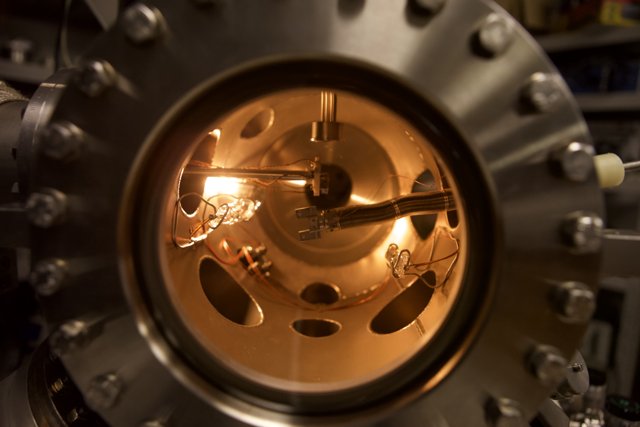Recurrent Neural Networks: Understanding Sequential Data
NOTE: This post is part of my Machine Learning Series where I discuss how AI/ML works and how it has evolved over the last few decades.
Recurrent Neural Networks (RNNs) are a class of neural networks designed to handle sequential data. Whether it's analyzing time series, understanding natural language, or predicting stock prices, RNNs are powerful tools for capturing temporal dependencies in data. In this post, we'll delve into the structure of RNNs, how they process sequences, and their practical applications.
RNN Architecture
An RNN is composed of neurons that are organized in layers, with each neuron receiving input from the previous time step and the current input. The key feature of RNNs is their recurrent connections, allowing them to maintain hidden states that capture information from previous time steps.
Hidden States: Memory of the Past
The hidden states in an RNN act as memory, storing relevant information from previous time steps. This memory allows RNNs to effectively process sequences and recognize patterns that depend on temporal context.
Unrolling RNNs: Processing Sequences
An RNN can be unrolled over time to process sequences of varying lengths. At each time step, the RNN updates its hidden state based on the current input and the previous hidden state. The final hidden state is often used for tasks like classification, while the outputs at each time step can be used for tasks like language modeling.
Challenges and Variants
Vanishing and Exploding Gradients
Training RNNs can be challenging due to the vanishing and exploding gradient problem. Long sequences may result in gradients that vanish or explode, making it difficult for the RNN to learn long-term dependencies.
LSTM and GRU
To address these challenges, variants of RNNs, such as Long Short-Term Memory (LSTM) and Gated Recurrent Unit (GRU), have been developed. LSTM introduces memory cells and gates to better regulate the flow of information, while GRU simplifies the LSTM architecture with fewer gates.
Applications of RNNs
RNNs have been used in a wide range of applications, including:
- Natural Language Processing: RNNs are used for language modeling, sentiment analysis, machine translation, and more.
- Time Series Forecasting: RNNs can predict future values in time series data, such as stock prices or weather patterns.
- Speech Recognition: RNNs are used to transcribe and recognize spoken language.
TL;DR
RNNs are neural networks with recurrent connections that allow them to process sequential data and capture temporal dependencies. RNNs maintain hidden states as memory and can be unrolled over time to handle sequences. Despite challenges with vanishing and exploding gradients, variants like LSTM and GRU have improved RNNs' capabilities. RNNs have diverse applications, from natural language processing to time series forecasting.
Further Reading
- Long Short-Term Memory - Sepp Hochreiter and Jürgen Schmidhuber
- Learning Phrase Representations using RNN Encoder-Decoder for Statistical Machine Translation - Kyunghyun Cho, et al.
- The Unreasonable Effectiveness of Recurrent Neural Networks - Andrej Karpathy
Tags
- RNN
- Recurrent Neural Networks
- Sequential Data
- LSTM
- GRU
- Machine Learning
- Neural Networks
- Natural Language Processing
- Time Series Forecasting
- Speech Recognition
- Hidden States
- Temporal Dependencies
